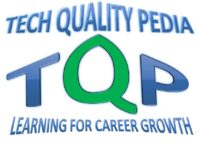Total Productive Maintenance in Lean Manufacturing
Total Productive Maintenance in Lean Manufacturing is a culture that focuses on maximizing the Overall Equipment Effectiveness-OEE by involving all employees from top management to front-line workers with the aim of keeping all machines in full working conditions throughout life. There are eight principles in the Total Productive Maintenance System implementation program. TPM Principles | […]
Total Productive Maintenance in Lean Manufacturing Read More »
